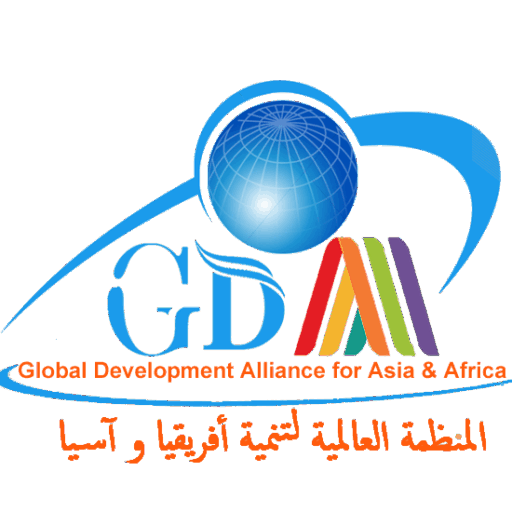Structure and Decision-Making Process
Here is a general description of the structure and decision-making process of GDAAA (Global Development Alliance for Asia & Africa):
1. Organizational Structure
GDAAA is a global organization dedicated to development cooperation in Africa and the Middle East. Its structure is based on several governing bodies and decision-making bodies:
• General Assembly (GA):
o Supreme body of the organization, bringing together all members.
o Deliberates on major strategic directions and adopts activity and financial reports.
o Meets annually in regular sessions and exceptionally if necessary.
• Board of Directors (BoD):
o Responsible for implementing GA decisions.
o Defines operational strategy and oversees projects and partnerships.
o Composed of a President, a Secretary General, a Treasurer, and other elected members. • Committees and Working Groups:
o Specialized by theme (economic development, education, environment, etc.).
o Monitor and implement specific initiatives.
• Executive Management:
o Responsible for day-to-day administration and coordination of activities.
o Supervises operational teams and strategic partnerships.
2. Decision-Making Process
• Strategic decision-making: Carried out by the General Assembly and the Board of Directors.
• Operational decisions: Entrusted to the Executive Management under the supervision of the Board of Directors.
• Consultation with members and partners to ensure an inclusive and collaborative approach.
3. Election and Nomination Procedures
• Election of Board members:
o Held every four years according to the bylaws.
o Nominations submitted to the General Assembly, followed by a vote of the members.
• Appointment of Executive Management:
o Appointed by the Board of Directors based on competence and experience.
• Scientific Committee of Experts:
o Comprised of volunteer members and experts appointed by the Board of Directors.
This structure ensures a balance between democratic governance and operational efficiency to ensure the smooth running and growth of GDAAA.
Projects Monitoring & Coordination Committee
• Real-time monitoring: Ensure constant monitoring of projects in terms of timelines, budget, and quality to ensure proper execution.
• Impact assessment: Establish regular evaluation mechanisms to measure the actual impact of projects on communities and the SDGs.
• Strategy adjustment: Provide recommendations on adjusting strategies and actions to improve project results.
• Strengthen governance: Ensure that all projects adhere to transparent and accountable governance principles, ensuring the organization’s credibility and effectiveness.
